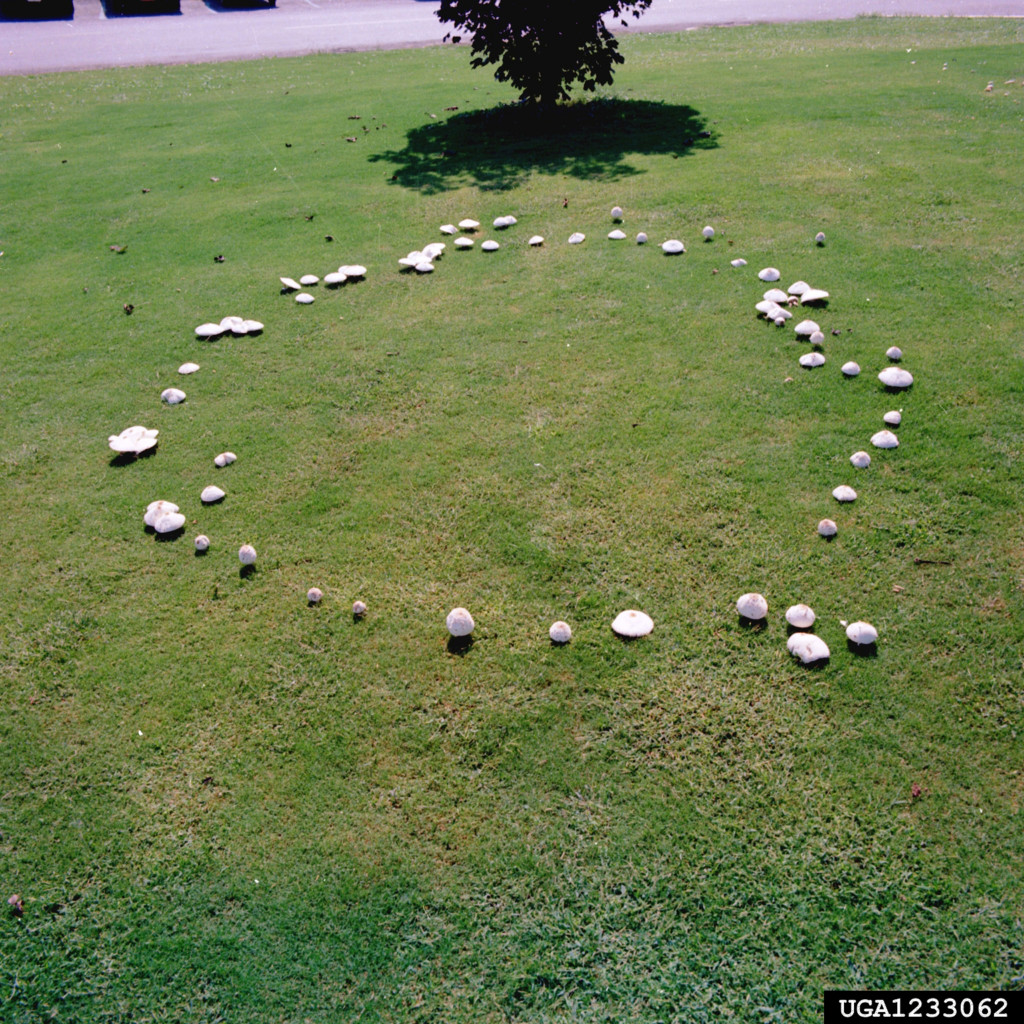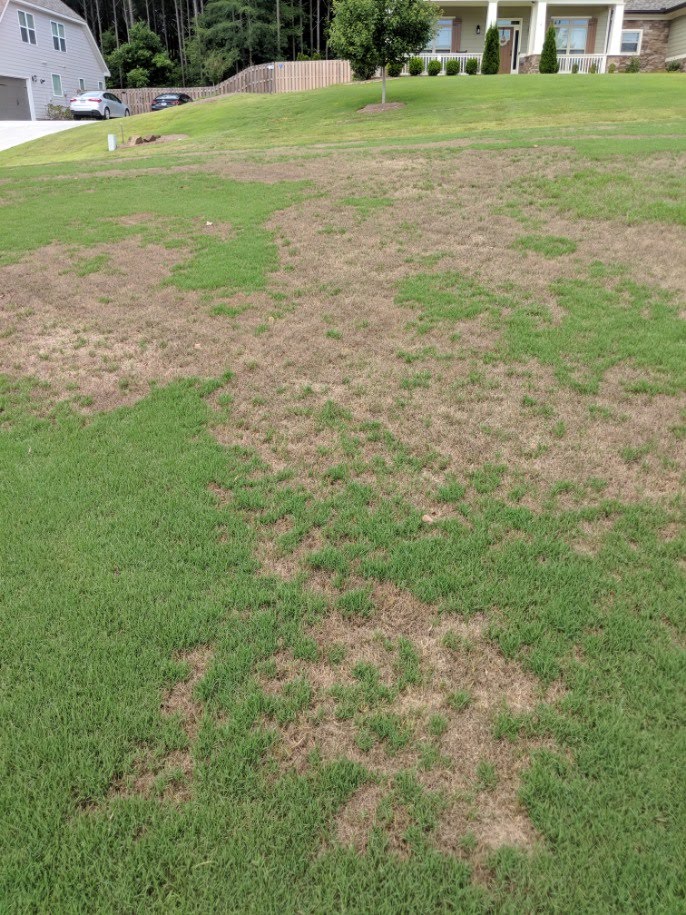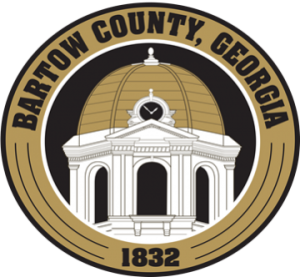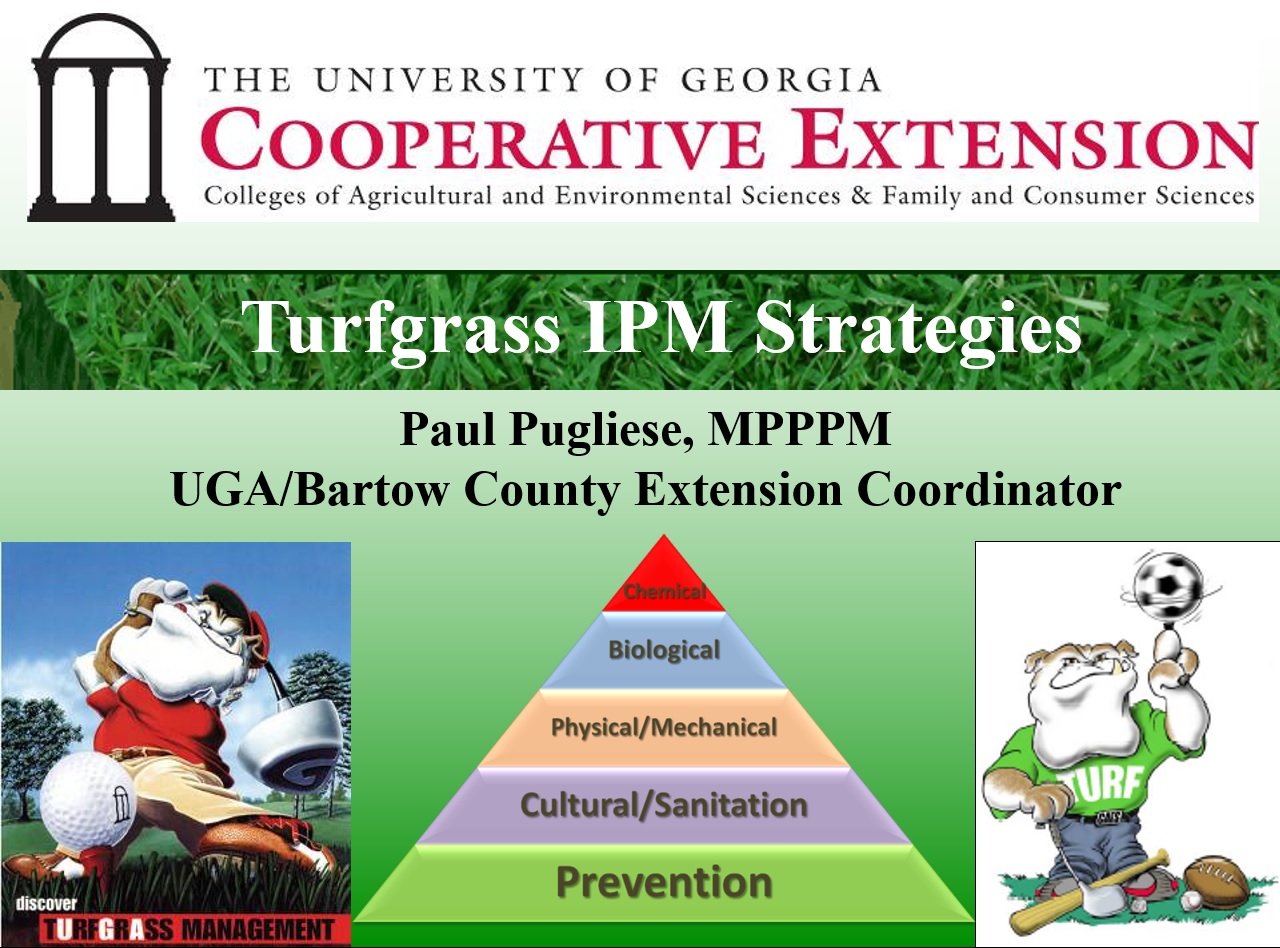Lawns
-
The larvae of scarab beetles, known as white grubs, are one of the armadillo’s favorite foods. Armadillos will dig up a lawn searching for grubs in the fall and spring when grubs are near the surface. The Extension office receives many calls this time of year from frustrated homeowners that have their lawns plowed by…
-
Recently, we had a client contact the Extension office asking about watering newly planted landscape shrubs. The client asked, “I have gotten such mixed messages on how I should have been watering — gardeners are telling me [water] every day; arborists and the nursery are saying [water] once a week, which I did. That didn’t…
-
There are many options for controlling weeds in home lawns. Many of the turfgrass herbicides on the market today are highly selective and control specific weeds without damaging the grass. However, it’s important to note that these herbicides are not completely harmless to lawns and the ability of a lawn to “tolerate” an herbicide depends…
-

We’ve had numerous calls this season about mushrooms popping up in lawns and landscapes. When the “fungus among us” forms a circle or arc pattern, it’s commonly known as a fairy ring. In some cases, fairy ring mushrooms can cause a discoloration or abnormal growth of turfgrass in lawns. According to medieval folklore, they were…
-

-

In late summer, almost every year, caterpillars invade pastures, hay fields, and home lawns throughout the state. Particularly in pastures and hay fields, damage may be severe before the worms are noticed. The grass is usually not killed, but hay yield and forage can be reduced to almost nothing over whole fields in extreme cases.…
-

This is the time of year that everyone is asking about how and when to fertilize their pastures, lawns, and gardens. My favorite request is “could you come out to my house and look at my lawn or pasture and tell me why I can’t grow anything?” I’ve looked at many pastures, lawns and gardens…
-

The local Extension office has received numerous calls in recent weeks about warm-season lawns that are struggling to green-up this spring. Based on conversations with my colleagues, this appears to be a wide spread issue throughout North Georgia. What we are observing is that some lawns are very patchy and thin as well as being…
-

Moles are insectivores that are closely related to shrews and bats. In the fall, there is a lot of mole activity because white grubs are starting to hatch out near the soil surface. This is one of the mole’s favorite snacks. Moles tunneling under the lawn can be a symptom of a grub problem, especially…

